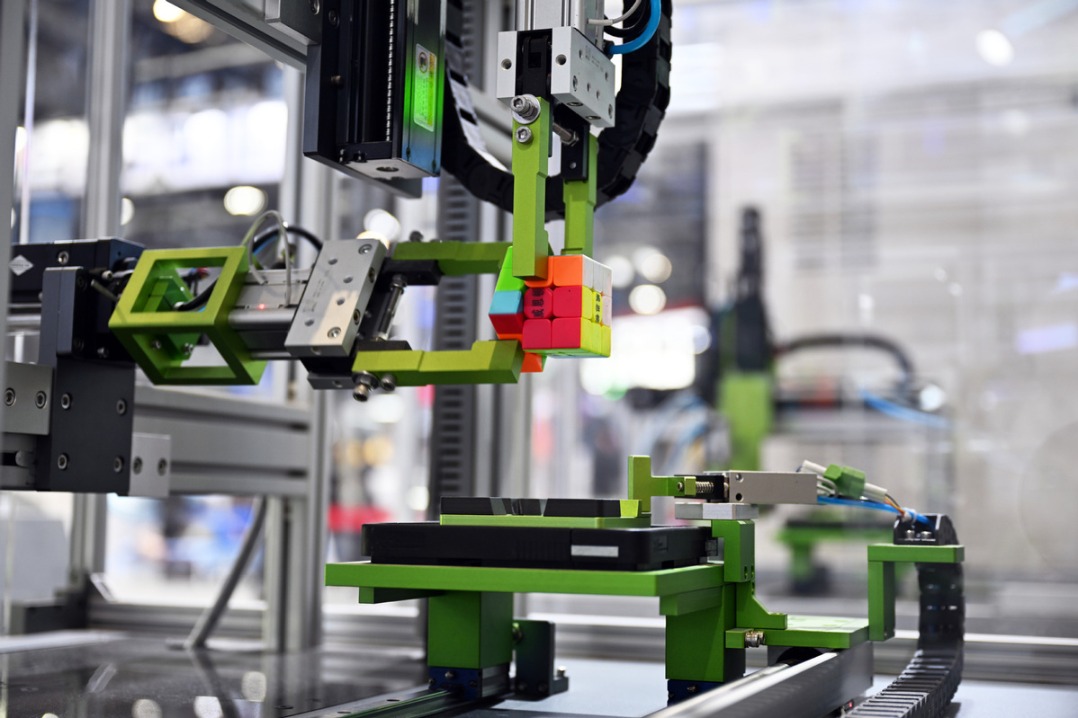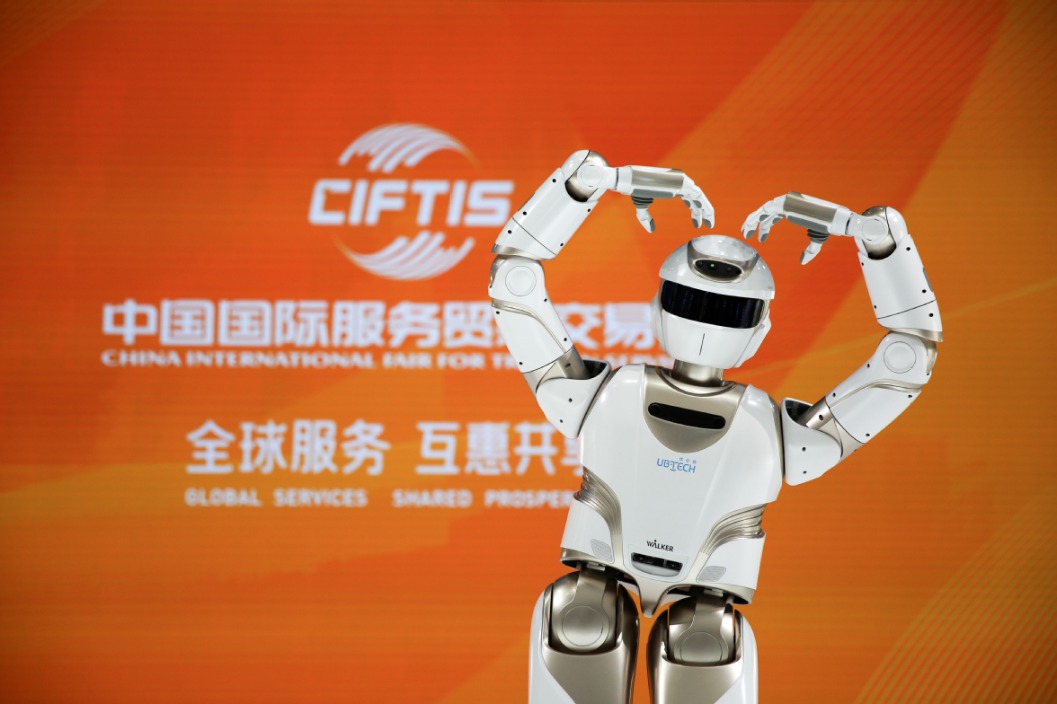Probing into Japan's slow adoption of fuel cell vehicles

Editor's note:
Japan began developing hydrogen technology in the 1970s, aiming to establish it as a key future energy source. The Beijing Municipal People's Government Consultation Office and Cloud River Urban Research Institute collaborated on a report titled "Research on Hydrogen Energy and Green Electricity Technology Application and Industrial Innovation in Tokyo, Japan." This excerpt examines Japan's hydrogen policies, analyzes reasons for its slow adoption of fuel cell vehicles, and suggests Beijing focus on public sectors like buses, sanitation, postal, and urban logistics for promoting fuel cell vehicles.
1. Japan launches world's first hydrogen strategy
For a long time, over 90% of Japan's fossil energy has been imported. To reduce dependency on foreign energy and lower greenhouse gas emissions, Japan has been developing alternative fuel technologies. Hydrogen, with its wide availability and clean, efficient, and renewable nature, became a focus for Japan as early as the 1970s. After the 2011 Fukushima nuclear accident, Japan accelerated its hydrogen development.
In April 2014, Japan introduced the fourth Basic Energy Plan, positioning hydrogen alongside electricity and thermal energy as a core secondary energy source. The subsequent revision of the "Japan Revitalization Strategy" in June 2014 furthered this vision by promoting the construction of a "hydrogen society."
In December 2017, Japan unveiled the "Basic Hydrogen Strategy," the first national hydrogen strategy worldwide. This strategy, looking ahead to 2050, includes comprehensive policies for hydrogen production and application, with an action plan for hydrogen development through 2030. In April 2023, Japan updated this strategy to include the "Hydrogen Industry Strategy," setting ambitious targets for hydrogen supply: 3 million tons by 2030, 12 million tons by 2040, and 20 million tons by 2050. The strategy also includes a plan for a joint investment of 15 trillion yen by the government and private sector over the following 15 years to encourage the development of a "hydrogen society."
2. Japan launches world's first mass-produced fuel cell vehicle
Promoted by the government, Japanese leading automakers like Toyota see fuel cell vehicles as the future and have heavily invested in them. From 2012 to 2021, the Japanese government invested 460 billion yen in hydrogen technology, with 70% dedicated to fuel cell vehicles and hydrogen stations. In 2014, Toyota launched the Mirai, the first mass-produced fuel cell vehicle.
However, high costs and limited hydrogen infrastructure have slowed adoption. By July 2023, only 8,283 fuel cell vehicles had been sold in Japan, far below the 200,000 vehicle target set for 2025 in the "Basic Hydrogen Strategy."
3. China surpasses Japan in fuel cell vehicles ownership
According to the International Energy Agency's "Global EV Outlook," by the end of 2022, China had 13,700 fuel cell vehicles, making up 19% of the global total, surpassing Japan and ranking third after South Korea and the United States.
Although a late comer, China has been focusing on developing fuel cell commercial vehicles, which has enabled it to surpass Japan in fuel cell vehicle ownership.
According to the "Hydrogen Industry Development Medium- and Long-Term Plan (2021-2035)" issued by the National Development and Reform Commission and the National Energy Administration in 2022, China aims to have about 50,000 fuel cell vehicles and build many hydrogen stations by 2025.
Unlike Japan, which focuses on passenger cars, China prioritizes fuel cell commercial vehicles. The plan emphasizes the application of hydrogen fuel cell technology in medium and heavy-duty vehicles, expanding the market for new energy passenger and freight vehicles. It aims to develop a complementary growth model for fuel cell and lithium battery electric vehicles.
According to the IEA's "Global EV Outlook," in 2022, China's fuel cell vehicle fleet included 7,000 trucks (52%), 5,400 buses (40%), 800 light commercial vehicles (6%), and only 300 passenger cars (2%).
4. Japan makes strategic mistake in development of fuel cell vehicles
Why is China's strategy of prioritizing the development of commercial fuel cell vehicles more effective than Japan's strategy of prioritizing passenger vehicles? This is because building hydrogen stations is costly, and large-scale hydrogen station construction entails tremendous investment. Commercial vehicles often run on relatively fixed routes. That means a precise layout can reduce the need for hydrogen stations. Therefore, even a limited number of hydrogen stations can result in an effective application scenario for commercial vehicles.
In contrast, passenger vehicles, which require high levels of flexibility, need a much larger and more widespread network of hydrogen stations. If hydrogen stations fail to reach a scale big enough, it will be challenging for passenger vehicles, which prioritize convenience, to transition from traditional gasoline or diesel to fuel cell technology.
In this sense, Japan's strategy of focusing on fuel cell passenger vehicles has underestimated the difficulty of widespread hydrogen station deployment as infrastructure.
Japan's "Basic Hydrogen Strategy" aims to build 900 hydrogen stations by 2030 and replace gas stations by 2050. However, as of January 2023, Japan had only built 164 hydrogen stations nationwide, far behind the target.
In 2018, 11 (increased to 30 in 2022) hydrogen station operators, auto makers, and financial investment institutions in Japan jointly established the Japan Hydrogen Station Network Joint Company. Measures such as optimizing hydrogen station construction plans, promoting technological research and development, and providing subsidies, have further promoted the development of hydrogen stations.
Zhou Muzhi, a professor at Tokyo Keizai University, pointed out that high costs of hydrogen station construction have hindered Japan's efforts to build hydrogen stations for a long time, making it difficult to meet the demand for the widespread adoption of fuel cell passenger vehicles.
"The slowed adoption of fuel cell passenger vehicles will, in turn, impede the development of hydrogen stations," he added.
Furthermore, he said, since building charging stations is much cheaper than hydrogen stations, electric vehicles, even in Japan, have a better outlook for widespread adoption compared to fuel cell vehicles. This will also slow down the deployment of hydrogen stations and fuel cell vehicles in Japan.
5. China fast-tracks adoption of commercial fuel cell vehicles
According to data from China's National Energy Administration, China had built 270 hydrogen stations by 2022, accounting for approximately 40% of the global total, ranking first in the world. All provincial-level regions across China have built hydrogen stations, except Xizang, Qinghai, and Gansu.
As of June 2022, 10 hydrogen stations had been operational in Beijing. The hydrogen station in Daxing International Hydrogen Energy Demonstration Zone is the largest in the world. Beijing will put74 hydrogen stations in place by 2025, according to the city's plan for the development of hydrogen stations.
In 2022, China accounted for 12% of the world's commercial vehicles, but it contributed 55% of the global automotive carbon emissions. With a low penetration rate of new energy vehicles in the commercial sector, it is necessary for China to accelerate the transition of gasoline and diesel vehicles to new energy options. Fuel cell vehicles present a promising solution for this transition.
In recent years, more buses, taxis, sanitation vehicles, and vehicles for postal delivery and logistics in Chinese cities have been electrified, driven by dual-carbon goals and emission-reduction policies. Fuel cell commercial vehicles have bigger carrying capacity, longer range, stronger low-temperature adaptability, and shorter refueling time than pure electric vehicles, making them more suitable for intra-city and inter-city transportation of heavy goods.
Based on the above analysis, the report suggests that Beijing focus on promoting fuel cell vehicles in fields such as public transportation, public sanitation, postal services, and logistics, which require fewer hydrogen stations to support their driving routes compared to passenger vehicles. It also suggests Beijing expand application scenarios of fuel cell vehicles, and promote widespread adoption and cost reduction through deployment and implementation. At the same time, Beijing should improve the supporting network of hydrogen stations to promote the industrial development of fuel cell vehicles.
Due to high cost of fuel cells and other factors, fuel cell vehicles are mainly used for urban public transportation and short and medium-distance freight transportation, such as buses and medium-duty logistics vehicles. Fuel cell buses, in particular, have developed rapidly in many cities because of substantial subsidies. With the improvement of fuel cell technology, heavy-duty trucks equipped with high-power fuel cells are expected to meet the demand for large carrying capacity and long range.
Zhou said the sheer number of heavy diesel trucks in the Beijing-Tianjin-Hebei region due to a high demand for heavy-duty freight transportation has caused serious pollution.
He called for more efforts to introduce a comprehensive cross-regional policy to promote research and development and widespread adoption of fuel cell heavy-duty trucks.
"Widespread adoption and deployment can not only address environmental issues, but also drive the development of the fuel cell heavy-duty truck sector," he said.




































